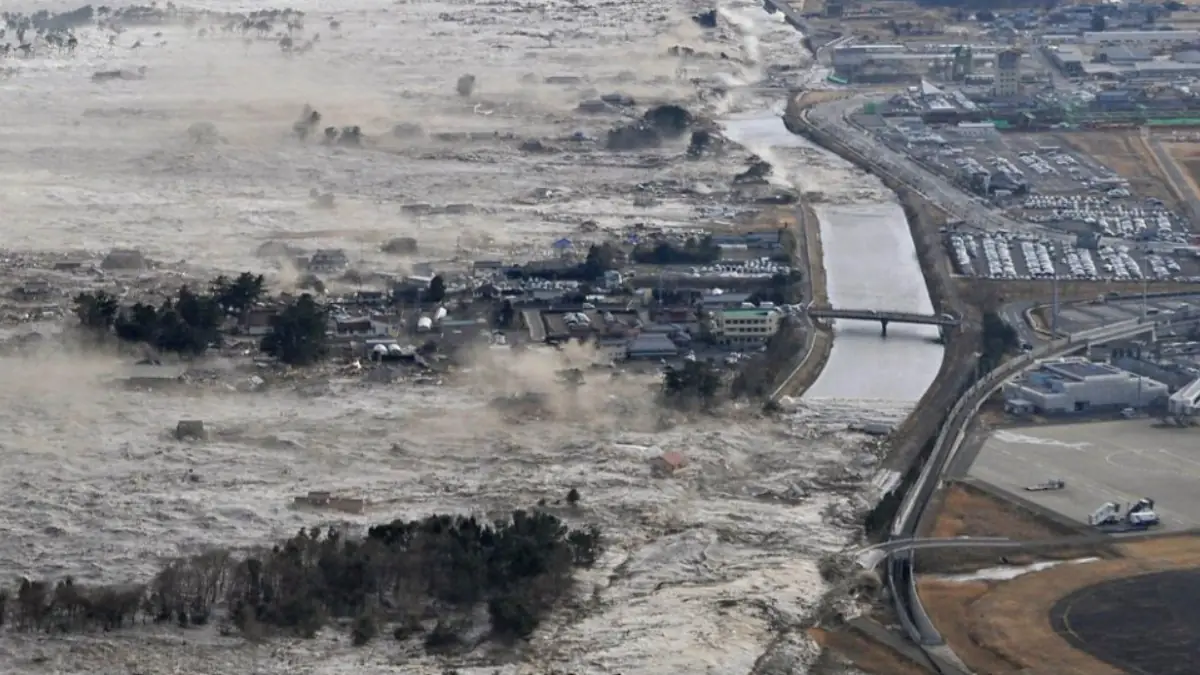Japan updates ‘megaquake’ preparedness plan following revised risk for Nankai Trough earthquake
The Japanese government announced this week that much more must be done to prepare for a possible Nankai Trough “megaquake,” after a government panel raised the 30-year probability of a major event to up to 82 percent and new estimates projected as many as 298 000 fatalities and damages of up to USD 2 trillion.

Image credit: Vyacheslav Zagoruy
The Japanese government has acknowledged that current preparedness measures are insufficient to reduce the projected impact of a future Nankai Trough “megaquake,” with a death toll reaching up to 300 000 people.
The Nankai Trough, an undersea trench running roughly 800 km (500 miles) parallel to southern Honshu and Shikoku, marks the boundary where the Philippine Sea Plate is subducting beneath the Eurasian Plate. Large-magnitude earthquakes have struck this zone roughly every 100 to 200 years for the past 1 400 years, with the most recent event occurring in 1946.
Following January reassessment during which government panel raised the probability of a magnitude 8 or greater event in the Nankai Trough within the next three decades to a range of 75–82%, a new national impact estimate released in March found that a megaquake and resulting tsunami could cause as many as 298 000 deaths and damages totaling up to USD 2 trillion.
In response, an updated preparedness plan was released on July 2, recommending accelerated construction of embankments and evacuation buildings, more frequent public drills, and coordinated action by all levels of government, businesses, and non-profit organizations. Prime Minister Shigeru Ishiba emphasized the need for a unified national response, stating that all sectors must work together to save as many lives as possible.
Public concern about the possibility of a major earthquake has increased in recent months, fueled in part by social media discussions and the re-release of a manga comic in 2021 that portrayed a large-scale disaster on July 5. These worries have led to a noticeable decline in foreign travel demand. Several airlines have reduced flights to Japan after seeing fewer bookings, especially from Hong Kong, where visitor numbers dropped by over 11% compared to May last year. In contrast, arrivals from mainland China and South Korea saw a sharp increase during the same period.
Scientific authorities, including the Japan Meteorological Agency (JMA), continue to stress that it is impossible with current science to predict the precise location, timing, or magnitude of future earthquakes. JMA head Ryoichi Nomura has called for public calm and urged citizens to maintain practical earthquake preparedness at all times, while strongly discouraging irrational actions driven by anxiety or rumor.
References:
1 Japan updates ‘megaquake’ preparedness plan – AFP – July 2, 2025
Reet is a science journalist and researcher with a keen focus on extreme weather, space phenomena, and climate-related issues. With a strong foundation in astronomy and a history of environmental activism, she approaches every story with a sharp scientific lens and a deep sense of purpose. Driven by a lifelong love for writing, and a curiosity about the universe, Reet brings urgency and insight to some of the most important scientific developments of our time.



Commenting rules and guidelines
We value the thoughts and opinions of our readers and welcome healthy discussions on our website. In order to maintain a respectful and positive community, we ask that all commenters follow these rules.